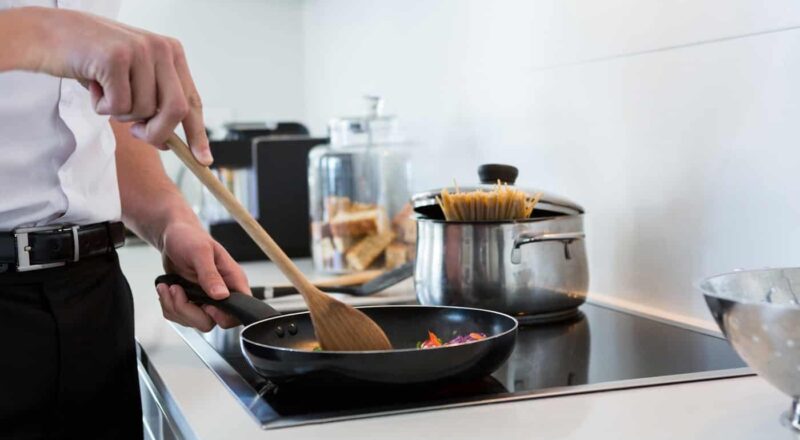
The Magic of Cast Iron in the Kitchen
Cast iron has long been a staple in kitchens around the world. Its ability to retain and evenly distribute heat makes it an excellent choice for a variety of cooking methods, especially low simmering. Whether you are a seasoned chef or a home cook, understanding how to use cast iron for low simmering can elevate your culinary skills.
The beauty of cast iron lies in its versatility and durability. It is not just about cooking; it’s about enhancing flavors and textures. The unique properties of cast iron make it an indispensable tool for those who love to cook with precision and care.
Why Choose Cast Iron for Low Simmering?
Choosing cast iron for low simmering is a wise decision for several reasons. Its heat retention capability ensures that food is cooked evenly, preventing the common issues of hot spots and uneven cooking. This is particularly beneficial for dishes that require long cooking times, such as stews, soups, and sauces.
Furthermore, the robust nature of cast iron means it can withstand high temperatures without warping. This makes it perfect for recipes that start with a high heat sear and finish with a low simmer. For more insights into overcoming cast iron not heating evenly, check out this resource.
Understanding Heat Distribution in Cast Iron
The ability of cast iron to maintain a consistent temperature is crucial for low simmering. When you are cooking something over a long period, maintaining a steady, low heat is essential to achieve the desired texture and flavor. The weight and density of cast iron contribute to its ability to hold heat, making it ideal for this purpose.
For those interested in how cast iron performs on induction cooktops, you can explore more on Lodge Cast Iron’s blog.
Preparing Your Cast Iron for Low Simmering
Before you start cooking, it’s important to ensure that your cast iron is properly seasoned. A well-seasoned cast iron pan will have a natural, non-stick surface that enhances the cooking process and makes cleaning easier. Seasoning your cast iron involves coating it with a thin layer of oil and baking it to create a protective layer.
Steps to Season Your Cast Iron
- Clean your cast iron thoroughly with warm water and a stiff brush.
- Apply a thin layer of vegetable oil all over the pan, including the handle and bottom.
- Place it upside down in an oven preheated to 375F (190C).
- Bake for one hour, then let it cool in the oven.
Regular maintenance of your cast iron will ensure its longevity and efficiency in low simmering.
Recipes Perfect for Low Simmering in Cast Iron
There are countless recipes that benefit from the low simmering capabilities of cast iron. Some popular dishes include beef stew, chili, and marinara sauce. The slow cooking process allows flavors to meld beautifully, creating a rich and satisfying meal.
Hearty Beef Stew
A classic dish that takes advantage of cast iron’s heat retention. Brown the beef first, then add vegetables and broth, allowing it to simmer gently for hours.
Vegetable Chili
This vegetarian dish benefits from the slow cooking process, allowing spices to develop and vegetables to soften perfectly.
Common Issues and Solutions
Even with the best cookware, issues can arise. Some common problems with cast iron include uneven browning and cold spots, which can be addressed by ensuring your cookware is properly preheated and seasoned. If you’re experiencing issues like cold spots, there are solutions available to help optimize your cooking experience.

FAQs
Can cast iron be used on an induction cooktop?
Yes, cast iron is compatible with induction cooktops. Its magnetic properties allow it to work efficiently on these surfaces.
How do I prevent sticking in my cast iron?
Ensure your cast iron is well-seasoned and preheated before adding food to prevent sticking.
Is it normal for cast iron to smoke?
Some smoke can occur if the heat is too high. Adjusting the temperature can help prevent smoking issues.
For more information on optimizing your cast iron cooking, visit Tom’s Guide.
This article contains affiliate links. We may earn a commission at no extra cost to you.

